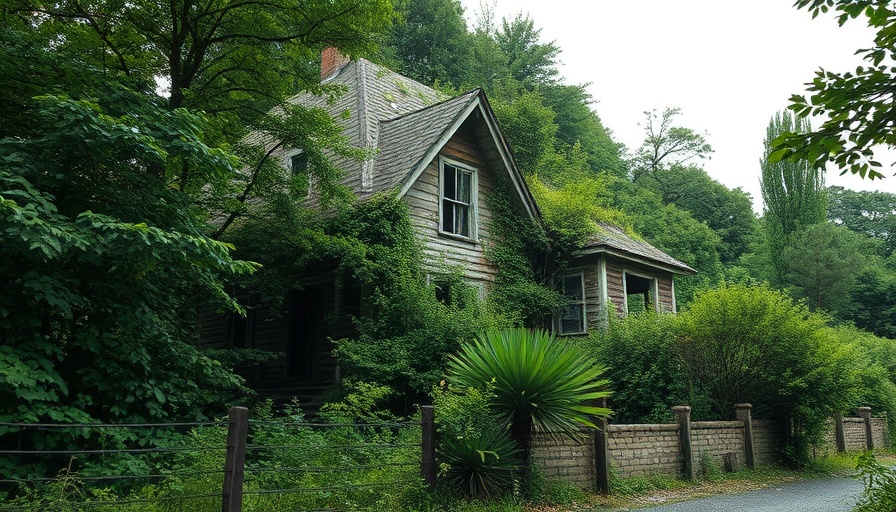
Unlocking the Potential of Abandoned Properties
For aspiring real estate investors, understanding the nuances of buying an abandoned house can open doors to unique opportunities. Abandoned properties, often seen as eyesores in neighborhoods, represent a chance to rehabilitate and revitalize communities while potentially securing a lucrative investment at a lower entry cost. Buying an abandoned house involves a series of steps that require diligence, research, and a strategic approach.
Defining Abandoned Houses versus Vacant Properties
It’s essential to differentiate between what constitutes an abandoned house and a vacant house. While a vacant house may still be owned and maintained, an abandoned house has been relinquished by its owner—often through foreclosure, neglect, or the absence of heirs. This critical distinction sets the stage for understanding your options and the challenges ahead.
How to Locate Abandoned Properties in Your Area
Finding abandoned homes requires more than luck; it demands some detective work. Here are several effective methods:
- Public Records: Check county records for tax delinquencies, which can be indicators of abandonment.
- Drive for Dollars: A familiar real estate term—driving through older neighborhoods will often reveal neglected properties with overgrown yards or broken windows.
- Engage Local Agencies: Departments like code enforcement maintain lists of homes with cited violations, which may suggest abandonment.
- Work with Real Estate Agents: Those specializing in distressed property markets can provide invaluable insights and listings.
- Online Tools: Websites like Zillow and Redfin offer access to a variety of property listings, including foreclosures and auctions.
Navigating the Buying Process for Abandoned Homes
Once you identify a potential property, the buying process diverges from the traditional home purchase. Start with understanding who legally owns the property—this can be a bank, government entity, or heirs of a deceased owner. Gathering this information typically involves accessing public records, such as those available at the county recorder's office.
Legal Considerations and Best Practices
Purchasing an abandoned house requires awareness of legal frameworks, including the potential for title issues. Create a plan and designate a real estate attorney to navigate property acquisition laws effectively. They can also assist you with understanding the local regulations that impact abandoned properties, ensuring compliance and minimizing risks.
Financing Your Purchase: Understanding Your Options
Financing an investment in an abandoned home may also present challenges different from purchasing traditional homes. Research mortgage providers who offer loans tailored for renovation or distressed properties. Having options, such as grants dedicated to revitalization efforts, may also facilitate your financing process.
Common Pitfalls and How to Avoid Them
Investing in abandoned homes can come with challenges such as unexpected repairs or legal entanglements, but with thorough inspection and due diligence, you can mitigate risks. Always invest time in assessing the property’s condition, estimates for renovations, and environmental considerations.
Seeing the Bigger Picture: Community Impact
By investing in abandoned homes, you contribute to the revitalization of neighborhoods, enhancing property values and promoting community engagement. Investors play a crucial role in transforming abandoned properties into homes for families, thereby positively impacting local economies and enriching community life.
In conclusion, buying an abandoned house can be a rewarding venture for real estate professionals willing to navigate its complexities. By following these guidelines and understanding the opportunities presented, investors can breathe new life into neglected properties while building value for themselves and their communities. If you’re ready to dive into the world of abandoned properties, consult with a local real estate expert to begin your journey!
 Add Row
Add Row  Add
Add 




Write A Comment